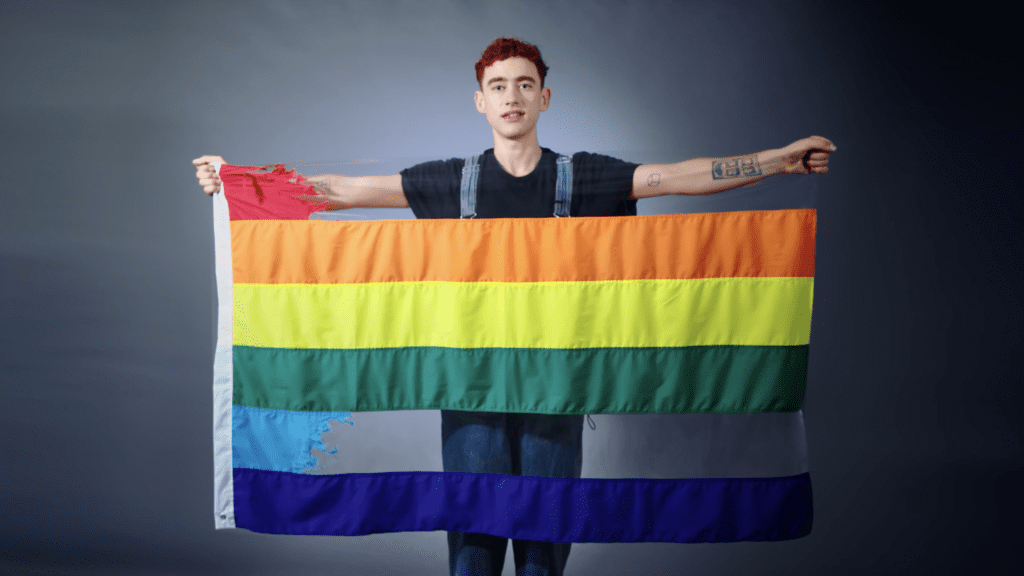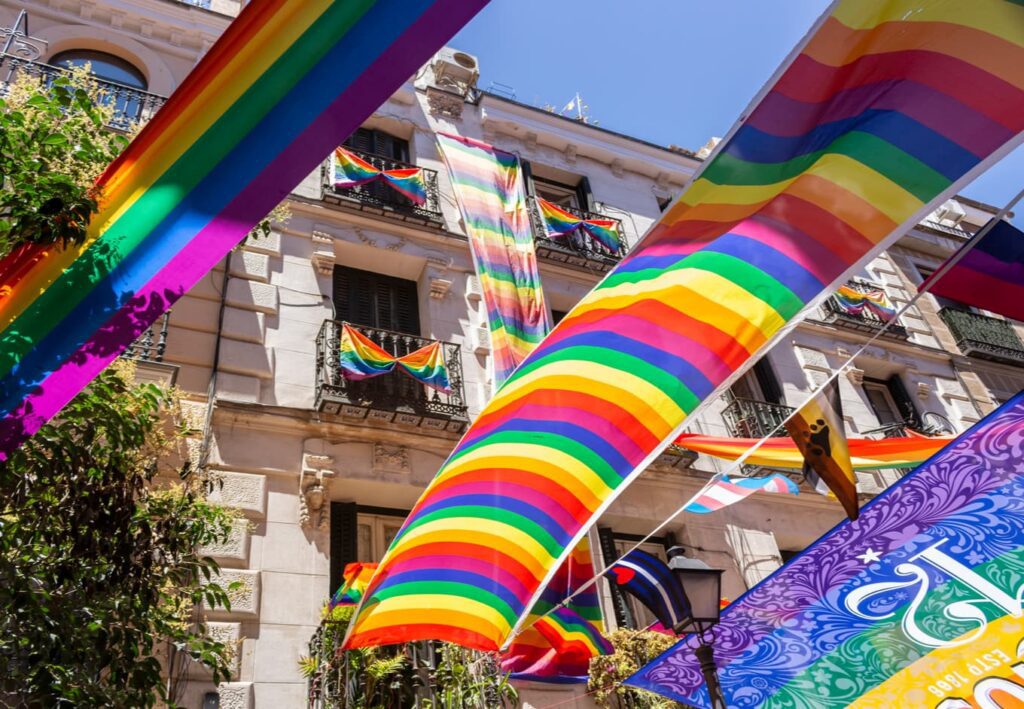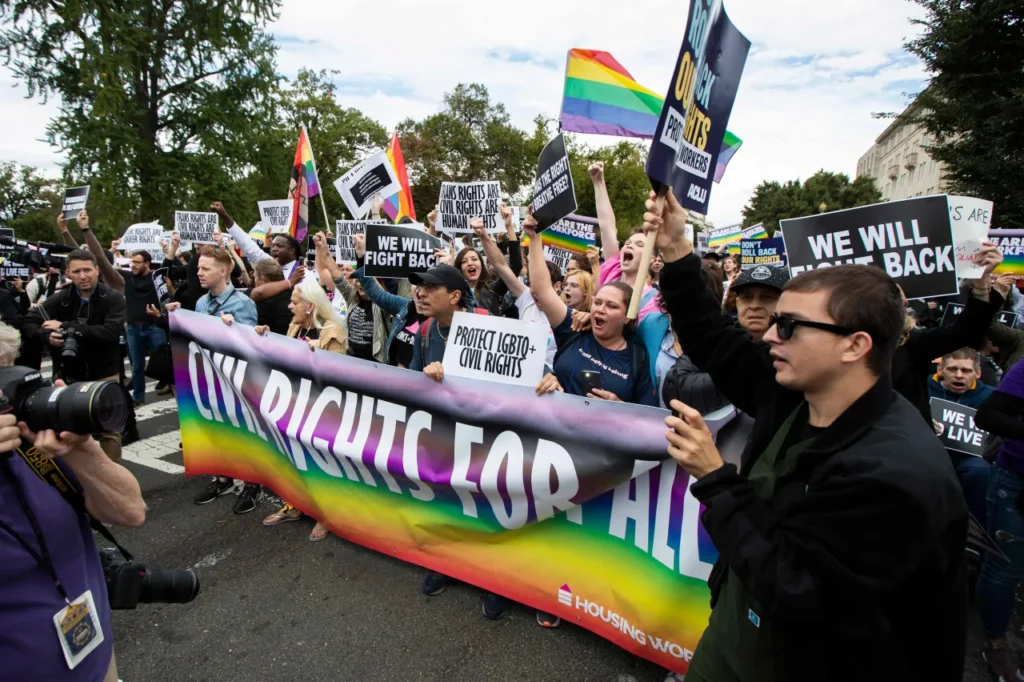
The terms “Pride” and “LGBTQ” are often used interchangeably, but they hold distinct meanings and significance within the community. Understanding these differences is essential for appreciating the rich tapestry of the LGBTQ+ experience and the powerful movement that supports it. In this article, we’ll delve into what sets Pride apart from LGBTQ, exploring their unique aspects, histories, and roles in advocating for equality and acceptance.
Defining LGBTQ
LGBTQ stands for Lesbian, Gay, Bisexual, Transgender, and Queer or Questioning. It is an acronym that represents a diverse range of sexual orientations and gender identities. Each letter in LGBTQ signifies a specific group within the community:
- Lesbian: Women attracted to women.
- Gay: Men attracted to men; also a general term for homosexual individuals.
- Bisexual: Individuals attracted to both men and women.
- Transgender: People whose gender identity differs from the sex they were assigned at birth.
- Queer/Questioning: Queer is a broad term for sexual and gender minorities; questioning refers to those exploring their identity.
Inclusivity
The LGBTQ acronym is inclusive and continuously evolving to encompass a broader spectrum of identities, such as intersex, asexual, and pansexual, often represented by additional letters like “IA+”.
Understanding Pride
Pride is both a feeling and a movement. It symbolizes the celebration of LGBTQ identities, the acknowledgment of struggles, and the ongoing fight for rights and acceptance. Pride is expressed through events, parades, and festivals that honor the history and culture of the LGBTQ community.
The Concept of Pride
Pride embodies the idea of being proud of one’s identity, embracing who you are without shame or fear. It encourages LGBTQ individuals to stand tall and be visible in a world that has often marginalized them.
Historical Context
Understanding the historical context of Pride and LGBTQ is crucial to appreciating their significance.
The Stonewall Riots
The Stonewall Riots of 1969 in New York City are often cited as the catalyst for the modern LGBTQ rights movement. These events marked a significant turning point, leading to greater visibility and activism within the community.
Evolution of the Movement
Since Stonewall, the LGBTQ movement has seen significant milestones, including the decriminalization of homosexuality, the legalization of same-sex marriage in many countries, and ongoing advocacy for transgender rights.
The Importance of Pride


Pride plays a vital role in fostering a sense of community, solidarity, and visibility for LGBTQ individuals.
Community and Belonging
Pride events create a safe space where LGBTQ individuals can connect, share experiences, and build supportive networks.
Visibility and Awareness
Pride increases visibility and awareness, helping to educate the broader public about LGBTQ issues and countering stereotypes and prejudices.
Symbols of LGBTQ Pride
Symbols are powerful tools in any movement, and the LGBTQ community has several that represent its diversity and resilience.
The Rainbow Flag
Designed by Gilbert Baker in 1978, the rainbow flag is a symbol of LGBTQ pride and diversity. Each color represents a different aspect of the community.
Other Symbols
Other symbols include the pink triangle, lambda, and the transgender pride flag, each with its own historical and cultural significance.
Celebrating Pride
Pride is celebrated through various events and activities that highlight the joy, resilience, and diversity of the LGBTQ community.
Pride Parades
Pride parades are vibrant, colorful events featuring floats, music, and marchers. They are held in cities worldwide and serve as a powerful statement of visibility and solidarity.
Festivals and Events
Pride festivals often include concerts, workshops, and cultural events that celebrate LGBTQ art, history, and achievements.
The Role of Activism
Activism is at the heart of both Pride and the broader LGBTQ movement.
Fighting for Rights
Activists work tirelessly to advocate for legal and social changes that promote equality and protect LGBTQ individuals from discrimination and violence.
Raising Awareness
Activism also involves raising awareness about the challenges faced by the LGBTQ community and educating the public on issues like healthcare access, workplace discrimination, and hate crimes.
Intersectionality in LGBTQ
Intersectionality is a critical concept within the LGBTQ community, recognizing that individuals may face overlapping forms of discrimination based on race, gender, sexuality, and other factors.
Diverse Experiences
LGBTQ individuals come from all walks of life, and their experiences are shaped by various intersecting identities.
Inclusive Activism
Effective activism must be inclusive, addressing the unique needs and challenges of all community members, particularly those who are marginalized within the LGBTQ community.
Challenges Faced by the LGBTQ Community
Despite significant progress, the LGBTQ community continues to face numerous challenges.
Legal Discrimination
In many parts of the world, LGBTQ individuals still lack basic legal protections and rights, facing discrimination in areas like employment, housing, and healthcare.
Social Stigma
Social stigma and prejudice remain significant barriers, leading to higher rates of mental health issues, homelessness, and violence among LGBTQ individuals.
How Pride Supports LGBTQ Rights


Pride events are more than just celebrations; they are also powerful platforms for advocacy and change.
Raising Funds and Awareness
Many Pride events raise funds for LGBTQ organizations and causes, supporting vital services like crisis intervention, healthcare, and legal assistance.
Influencing Policy
Pride events and the visibility they generate can influence public opinion and policy, leading to legal reforms and greater protections for LGBTQ individuals.
Global Perspectives on Pride
Pride is celebrated differently around the world, reflecting diverse cultural, social, and political contexts.
Western Celebrations
In many Western countries, Pride is a large, public celebration with significant corporate and political support.
Pride in Other Regions
In regions where LGBTQ rights are less established, Pride events may be smaller or face opposition, yet they remain crucial expressions of resistance and solidarity.
Pride Events Around the World
Pride events take place in cities around the globe, each with its own unique flavor and significance.
Notable Events
Some of the world’s largest Pride events include New York City’s Pride March, São Paulo’s Pride Parade, and the Sydney Gay and Lesbian Mardi Gras.
Local Celebrations
Smaller, local Pride events are equally important, providing visibility and community support in areas where LGBTQ individuals may feel isolated.
The Future of Pride and LGBTQ
Looking to the future, Pride and the LGBTQ movement continue to evolve, facing new challenges and opportunities.
Continued Advocacy
Advocacy remains crucial as the community pushes for comprehensive rights and protections worldwide.
Embracing Diversity
The LGBTQ movement is increasingly recognizing and embracing the full spectrum of sexual and gender identities, ensuring that all voices are heard and valued.
Personal Stories and Testimonials
Personal stories are a powerful way to highlight the impact of Pride and the LGBTQ movement.
Voices from the Community
Sharing personal testimonials from LGBTQ individuals can illustrate the importance of Pride and the ongoing fight for equality.
Inspiring Change
These stories can inspire others to join the movement, advocate for change, and support LGBTQ individuals in their lives.
Conclusion
Understanding the difference between Pride and LGBTQ is essential for appreciating the rich, diverse, and dynamic nature of the LGBTQ community and its history. Pride is not just a celebration but a powerful movement that fosters visibility, solidarity, and advocacy for LGBTQ rights. By recognizing the unique aspects and contributions of both Pride and the LGBTQ community, we can continue to support and advance the cause of equality and acceptance for all.\
FAQs
1. What does LGBTQ stand for?
LGBTQ stands for Lesbian, Gay, Bisexual, Transgender, and Queer or Questioning.
2. What is Pride?
Pride is a celebration and movement that honors LGBTQ identities, history, and culture, advocating for rights and acceptance.
3. Why is Pride important?
Pride fosters community, increases visibility, and supports advocacy for LGBTQ rights and acceptance.
4. What are some symbols of LGBTQ Pride?
Symbols include the rainbow flag, the pink triangle, the lambda, and the transgender pride flag.
5. How does Pride support LGBTQ rights?
Pride events raise funds, increase visibility, influence policy, and provide platforms for advocacy and change.
